Gruul Ramp Pauper Deck Tech & Sideboard Guide

Gruul Ramp—better known as Gruul Cascade—has been a staple of the Pauper metagame ever since the introduction of powerful Cascade commons in Commander Legends. This deck takes full advantage of ramp spells and mana acceleration to power out massive threats that not only hit hard but also generate additional value with Cascade.
Today, we'll break down the deck card by card, exploring the key creatures, ramp pieces, and removal spells that make it such a consistent powerhouse. We'll dive into its core strategy—ramping quickly, casting huge threats like Boarding Party and Annoyed Altisaur, and chaining into even more value.
Table of Contents
Gruul Ramp Pauper Deck Overview


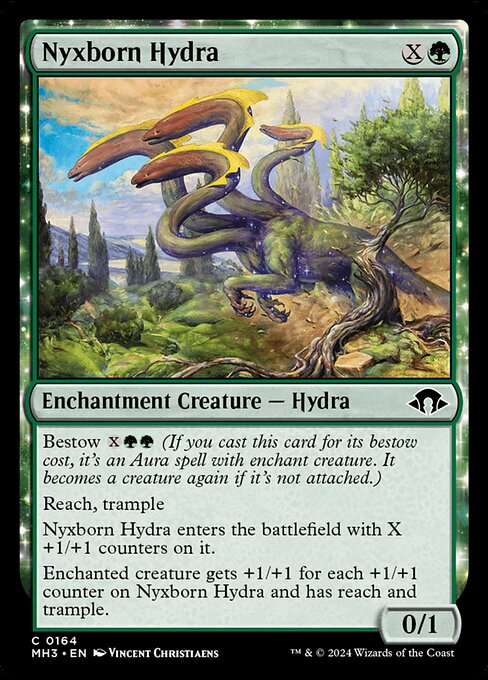
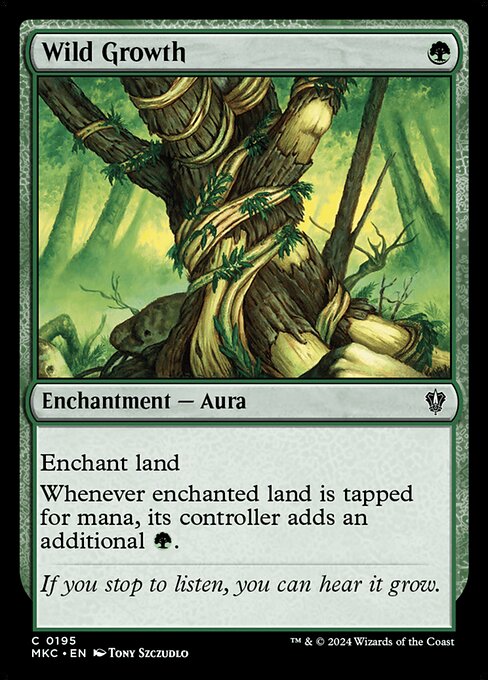
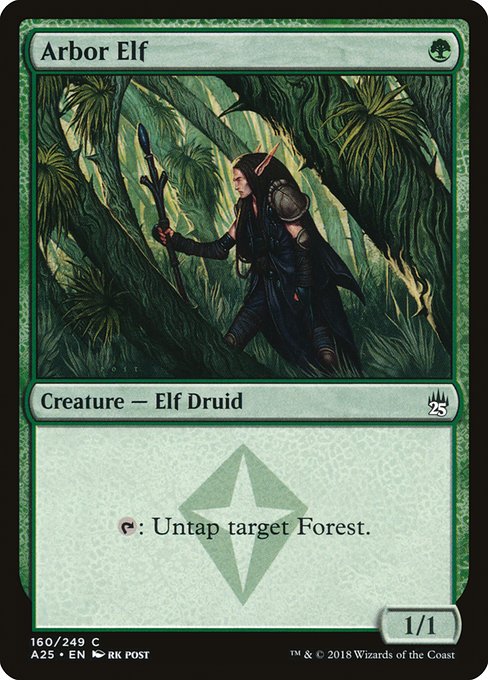
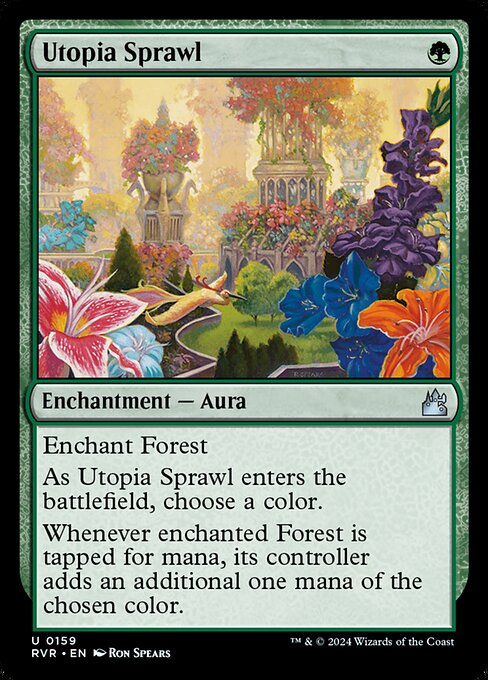
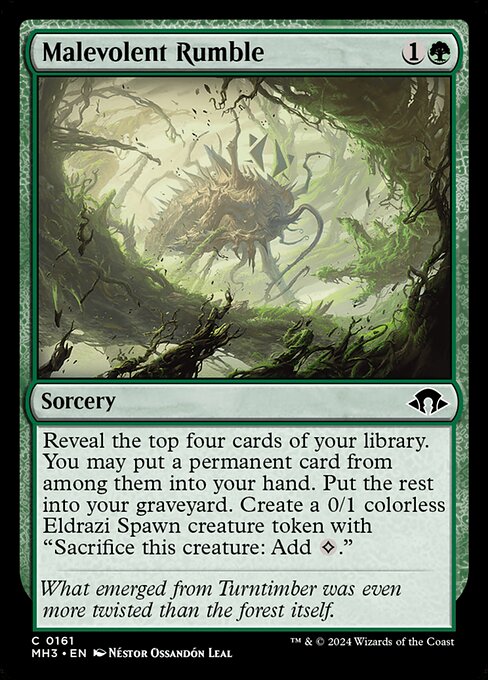

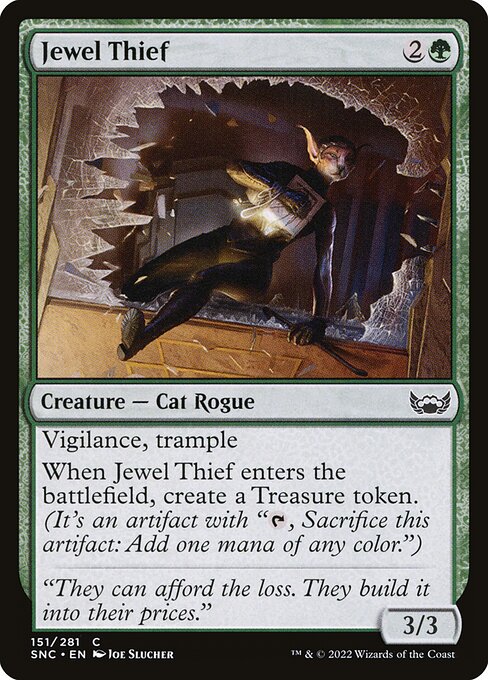
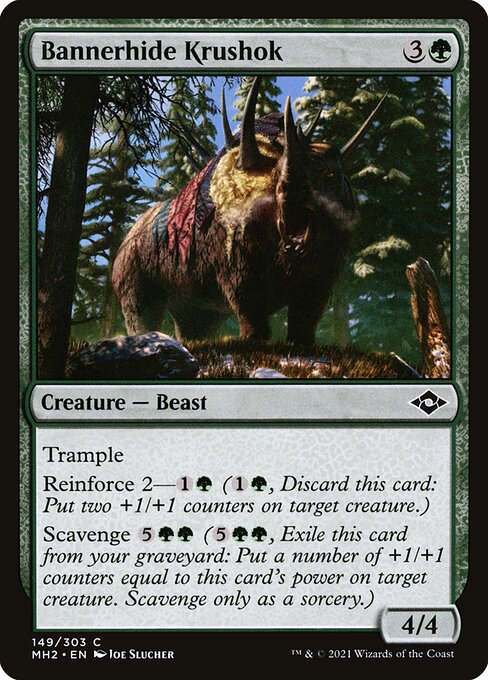
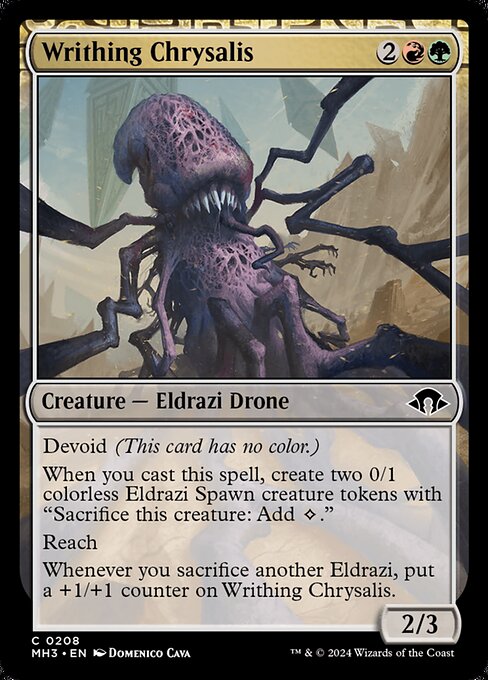
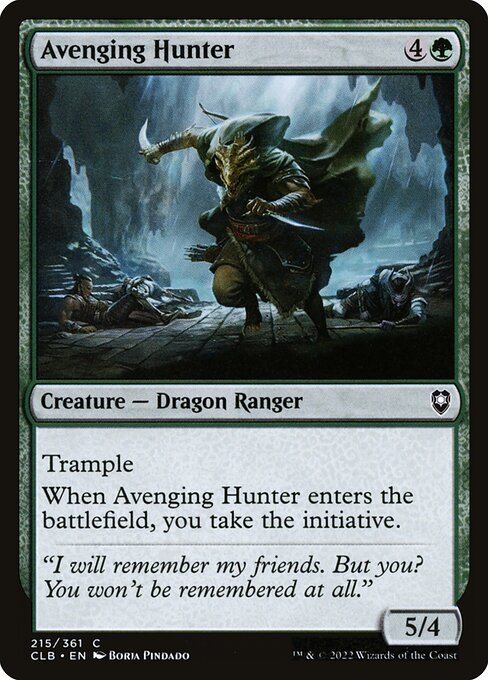
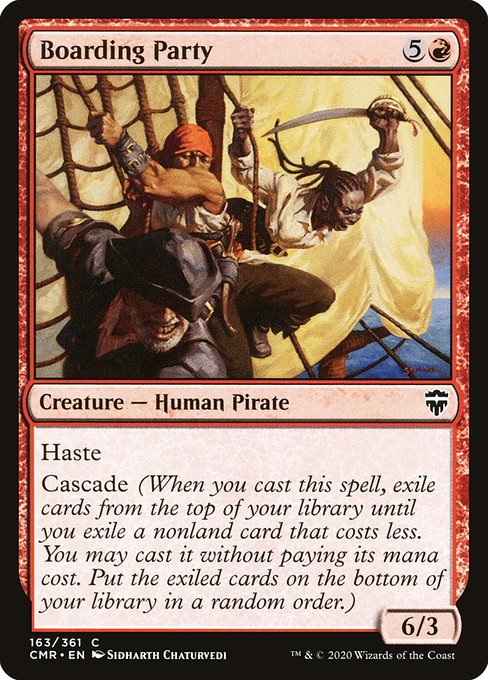
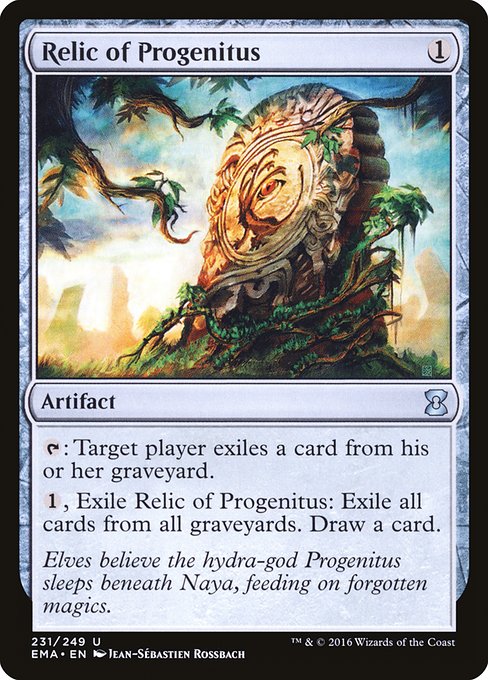
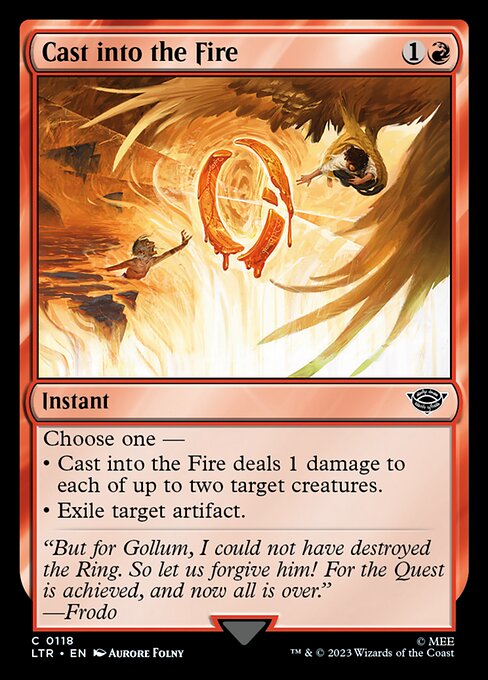
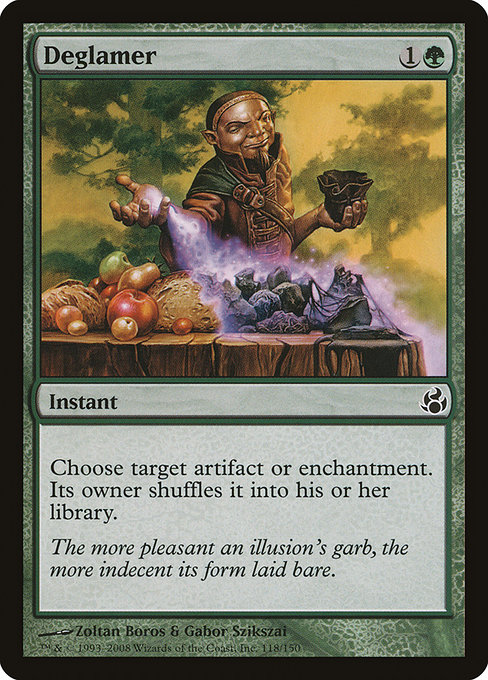
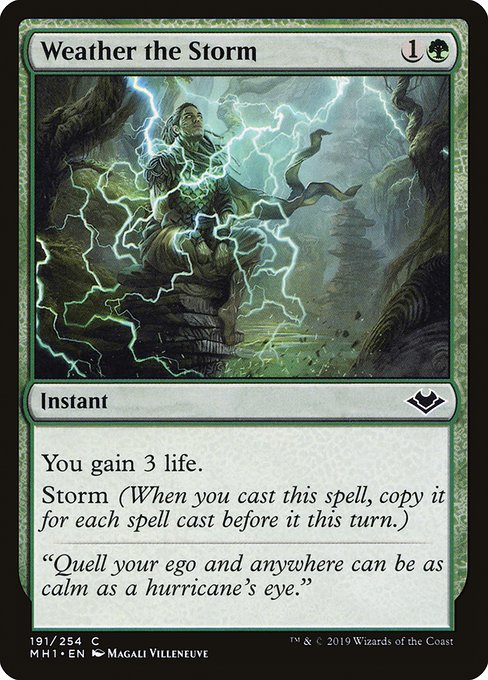
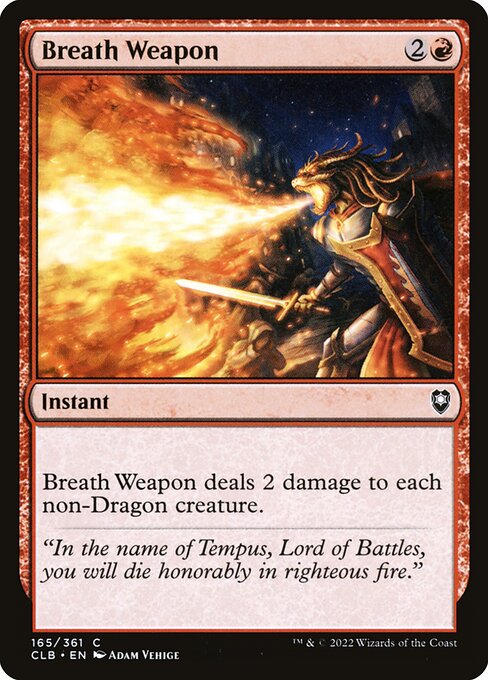
It’s been a while since Cascade was first introduced into the format in the form of [card]Boarding Party[/card] and [card]Annoyed Altisaur[/card]. The plan relies on consistently ramping to four mana or higher as soon as possible to start putting pressure on your opponents with large green creatures such as [card]Avenging Hunter[/card], [card]Nyxborn Hydra[/card], and of course, [card]Writhing Chrysalis[/card]. Before diving into what makes this plan possible, let’s talk briefly about the deck's history and variations through the meta.
The Evolution of Gruul Ramp in Pauper
When Pauper first jumped into scene, outside of mono green stomps and elves, there was not another reliable green deck that performed well against the meta, and in fact, ramp strategies did not existed at all, but that changed when the first commander Legends set was released back in 2020.
From Jund Cascade to Gruul Ponza
The original plan, designed by yours truly in the first iterations of Jund Cascade, was to control the board while abusing the interaction between [card]Boarding Party[/card] and [card]Annoyed Altisaur[/card], which could Cascade into each other to create immense pressure—all for just seven mana at most.
[cards]{{Annoyed Altisaur}}{{Boarding Party}}{{Thorn of the Black Rose}}[/cards]
To make this work, the deck needed a consistent way to ramp. With that concept in mind, players took the idea and explored different strategies. Moving away from a control-heavy shell, they realized the best way to win was to keep opponents low on resources while maximizing their own through Cascade.
[cards]{{Thermokarst}}{{Mwonvuli Acid-Moss}}[/cards]
To accomplish this, players started using cards like [card]Thermokarst[/card] and [card]Mwonvuli Acid-Moss[/card] to destroy opponents’ lands, keeping them in check while setting up their own big Cascade creatures. These creatures could either chain into even bigger threats or additional land destruction spells—giving rise to what we now know as Gruul Ponza.
The deck gained widespread acceptance among Pauper players and fit reasonably well into the meta. As is often the case with Ponza's strategies, it became frustrating to play against when it started gaining popularity.
Modern Horizons and the Pauper Meta Shift
That was until Modern Horizons 2 arrived, bringing the dreaded indestructible lands that shook up the Pauper meta and cemented Grixis Affinity as the deck to beat.
[cards]{{Drossforge Bridge}}{{Mistvault Bridge}}[/cards]
While Gruul Ponza remained somewhat popular, its inability to consistently interact with indestructible lands contributed to its decline, and over time, the deck was largely forgotten.
[cards]{{Writhing Chrysalis}}{{Malevolent Rumble}}{{Eldrazi Repurposer}}[/cards]
However, with the release of a new Modern Horizons set, the deck has found new life thanks to the introduction of [card]Writhing Chrysalis[/card], arguably one of the best creatures in the format right now. From there, everything changed. Players began incorporating [card]Malevolent Rumble[/card] and [card]Eldrazi Repurposer[/card]—another powerful ramp card from Modern Horizons 3—making the deck more consistent.
Of course, some players still experiment with the Ponza version, but the Gruul Ramp build has become the most popular in today’s meta.
[cards]{{Oliphaunt}}{{Generous Ent}}[/cards]
It’s interesting to see how cards like [card]Oliphaunt[/card] and [card]Generous Ent[/card], once staples of the archetype, have completely disappeared. Another notable exclusion is [card]Annoyed Altisaur[/card], but that makes sense—we now have a bigger and better creature that can be cast for just four mana.
With that bit of background, let’s now dive into each card of the deck and the role they have.
Best Card Choices for Gruul Ramp in Pauper
The first thing you’ll notice about this deck is that it lacks any form of removal in the main deck, making it struggle against some combo decks like Moggwarts, which can set up their win conditions quickly in Game 1.
The Ramp Strategy
[cards]{{Arbor Elf}}{{Utopia Sprawl}}{{Wild Growth}}[/cards]
To secure a win, the deck relies on some of the best mana ramp available, using [card]Arbor Elf[/card], [card]Wild Growth[/card], and [card]Utopia Sprawl[/card].
Sequencing these correctly is crucial—most of the time, it’s best to lead with [card]Arbor Elf[/card], since you can play an enchantment on turn two, untap the enchanted land with the Elf, and generate twice the mana. This interaction is the backbone of the deck, as the more enchantments you stack on your lands, the more mana you’ll have access to over the course of the game.
That mana is then used to cast big creatures like [card]Avenging Hunter[/card] or [card]Boarding Party[/card], or transition cards that help set up your bigger plays for the following turn.
[cards]{{Malevolent Rumble}}{{Jewel Thief}}{{Eldrazi Repurposer}}[/cards]
Don’t worry if you don’t have [card]Arbor Elf[/card] in your opening hand—so long as you have one of the cheap enchantments, you can still curve into your three-drops like [card]Eldrazi Repurposer[/card] or [card]Jewel Thief[/card]. That can potentially lead to five mana on turn three, and you know what that means: [card]Avenging Hunter[/card].
[card]Malevolent Rumble[/card] is also another good card to ramp your way up if you lack any of the early one drops, as it can fetch another key permanent you may be missing while adding a token that can be used to cast a [card]Writhing Chrysalis[/card] on turn three, which is also very solid and enables you to spend six mana by turn four.
As you can see, the deck is very straightforward to play. More often than not, your game plan will involve playing creatures on curve and following the previously described ramp pattern.
Of course, the game state will dictate your best plays, and with plenty of options available, you can adjust based on what puts the most pressure on your opponent.
Key Threats at Each Mana Level
[cards]{{Writhing Chrysalis}}{{Avenging Hunter}}{{Boarding Party}}[/cards]
Starting at four mana, you have [card]Bannerhide Krushok[/card] and [card]Writhing Chrysalis[/card], both of which offer a lot of flexibility while also being sizeable threats compared to most creatures in the format. From there, [card]Avenging Hunter[/card] helps you take [card]The Initiative[/card], and [card]Boarding Party[/card] can Cascade into another threat to keep the pressure going.
Due to the deck’s nature of being oppressive with larger threats, it can put onto the spot some decks like Mono-White Aggro and Caw-Gates with ease, especially since they are unable to deal with a turn-one Elf on the play, let alone followed up by a [card]Jewel Thief[/card] or an [card]Eldrazi Repurposer[/card].
Undoubtedly, this deck is strong on Paper, and while it has a solid game plan, I really don’t like it. Here’s why.
My Honest Opinion on Gruul Ramp in Pauper
While the deck has a solid game plan and good overall synergy, there are a couple of things I personally don’t like.
For starters, the lack of removal in the main deck—something I already mentioned—puts you at a disadvantage against combo decks or threats that demand an immediate answer.
For example, in the mirror match, how do you stop an opposing [card]Arbor Elf[/card] from generating absurd amounts of mana? How do you prevent [card]Murmuring Mystic[/card] from flooding the board with tokens, or deal with [card]Sunscape Familiar[/card], a key piece in its archetype?
While this issue could technically be patched by adding [card]Skred[/card] to the deck, there’s an inherent problem—Cascading into one-mana ramp spells. This often leads to frustrating and ineffective sequences, making the experience feel inconsistent.
That’s why I came up with a version of Gruul Ramp that better fits my personal play style.
Optimizing Your Gruul Ramp Sideboard
The overall game plan for this deck is to focus on executing its own strategy while not worrying too much about what the opponents are doing—at least in game one. After sideboarding, though, we add some much-needed interaction spells.
[cards]{{Cast into the Fire}}{{Deglamer}}[/cards]
As expected in a healthy meta, a deck should run at least six to eight dedicated copies to deal with a specific deck. In this case, we include both [card]Deglamer[/card] and [card]Cast into the Fire[/card] to handle Grixis Affinity.
I like that [card]Cast into the Fire[/card] can also be useful against other creature-heavy decks like Elves and can serve as incidental hate against Grixis Affinity.
[cards]{{Breath Weapon}}{{Weather the Storm}}[/cards]
Of course, we have dedicated hate cards for Burn: [card]Weather the Storm[/card] and [card]Breath Weapon[/card], which help increase our chances of winning the matchup.
[cards]{{Relic of Progenitus}}[/cards]
Finally, [card]Relic of Progenitus[/card] is a solid choice against Dimir Terror and other graveyard-reliant decks, like Jund Dredge.
Gruul Ramp Pauper Sideboard Guide
The following are suggestions on how to approach games with the deck, though they clearly reflect my own preferences. For example, I’ve seen people in other sideboard guides recommend keeping [card]Arbor Elf[/card] and bringing in [card]Breath Weapon[/card].
This is not how I prefer to approach the matches, so you’ll notice some different recommendations here than what you might be used to.
Grixis Affinity
IN: 2 [card]Cast into the Fire[/card], 4 [card]Deglamer[/card]
OUT: 4 [card]Bannerhide Krushok[/card], 2 [card]Boarding Party[/card]
Against Grixis Affinity, we prioritize artifact hate. [card]Deglamer[/card] is especially strong since it shuffles threats like [card]Myr Enforcer[/card] and [card]Kenku Artificer[/card]’s creations back into the deck, making it harder for them to recur threats.
Mono Red Aggro
IN: 3 [card]Weather the Storm[/card], 4 [card]Breath Weapon[/card]
OUT: 4 [card]Arbor Elf[/card], 3 [card]Bannerhide Krushok[/card]
Against Mono Red Aggro, survival is key. [card]Weather the Storm[/card] is our best tool to stabilize against their burn spells, while [card]Breath Weapon[/card] helps sweep their board of small creatures. We cut [card]Arbor Elf[/card] since it dies easily and doesn’t contribute much, and we remove some of our top-end creatures to lower the curve and focus on early interaction.
Dimir Terror
IN: 2 [card]Relic of Progenitus[/card]
OUT: 2 [card]Bannerhide Krushok[/card]
Dimir Terror relies heavily on filling the graveyard, making [card]Relic of Progenitus[/card] a great tool to slow them down. By keeping their graveyard in check, we limit their ability to cast cheap [card]Tolarian Terror[/card]s and [card]Gurmag Angler[/card]s.
Dimir Faeries
IN: 2 [card]Cast into the Fire[/card], 4 [card]Breath Weapon[/card]
OUT: 4 [card]Arbor Elf[/card], 2 [card]Bannerhide Krushok[/card]
Dimir Faeries plays a lot of small creatures, making [card]Breath Weapon[/card] a fantastic board wipe. [card]Cast into the Fire[/card] provides additional removal and can deal with [card]Spellstutter Sprite[/card] or [card]Faerie Seer[/card]
Wrap Up
Despite its flaws, Gruul Ramp Pauper remains one of the strongest Pauper decks in the current MTG Pauper meta. With a well-built sideboard, it can handle most matchups effectively. If you’re looking for a Pauper deck that ramps into massive threats, Gruul Ramp is a great choice!
If you’d like to support the blog and my YouTube channel, you can do so for just $1 a month on Ko-fi or through YouTube memberships. That gets you access to our Discord community and behind-the-scenes content — and it helps me keep creating more Pauper content for you all.
Where to Play Pauper?
While most games happen on MTGO, the presence of IRL communities is also significant. Because of this, I've listed a series of places that run Pauper events and that you can check if you live nearby or are traveling around these areas.
My Favorite Pauper Setup
Here are some of my favorite MTG products for Pauper—stuff I’ve tried, loved, and think you'll find super useful too.
The Amazon links use affiliate codes that help support future content if you grab something.


.jpg)

.jpg)
.png)
.webp)

.webp)

.jpg)
Comments
Post a Comment